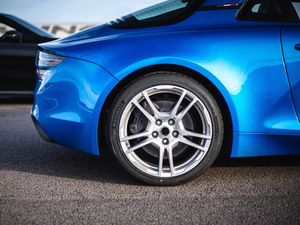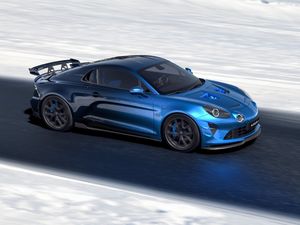Inside Caterham: A look at how the Seven is made
Caterham celebrates 60 years of its iconic Seven this year, and Jack Evans has been granted a look around its factory to see how it’s made
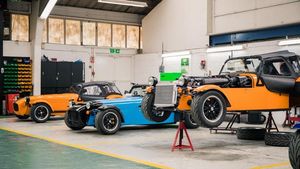
Taking people back to how motoring started and putting smiles on their faces – that’s what lies at the heart of iconic manufacturer Caterham Cars. Originally built as the Lotus Seven, the modern Caterham line-up is based around variants of the Seven – a two-seater, lightweight sports car with a range of engines.
It goes from the Seven 160 powered by a 600cc turbocharged three-cylinder engine to the 620R, which uses a supercharged 2.0-litre Ford engine and can hit 60mph in 2.79 seconds – around the same as the famous Bugatti Veyron. Caterham is punching high and can back it up with cars capable of offering serious performance.
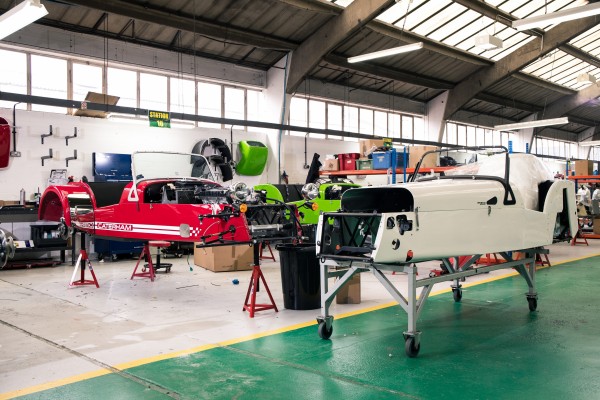
All the cars are built in Dartford, Kent, and an impressive amount of attention to detail is lavished on each and every vehicle.
Engines are sourced elsewhere but are carefully examined, tuned and reworked to ensure they’re as good as can be.
The Caterham factory is a veritable treasure trove of engine parts, spare wheels and everything in between. The cars lie at the core of the operation, though, and Caterham recently changed from line assembly to cell assembly, meaning that each technician is assigned their own car, and once it’s completed they put their nameplate on the chassis.
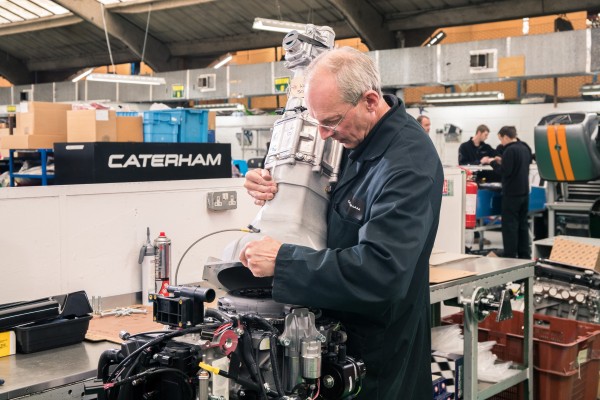
The average build time of a Caterham is around 40 hours. However, the more powerful models in the range – the supercharged 620, for instance – take up to 50.
Of course, it’s widely known that Caterham cars are available in kit form and chief executive Graham Macdonald showed us the process that occurs before the kit is shipped to the customer.
We’re immediately distracted by a loud drumming noise in the workshop, however.
“What you heard just then was the machine putting the chassis number directly on the car – they all come to us in blank aluminium,” Macdonald tells us.
“They’ll then have different exhaust holes drilled, depending on which engine is due to go in – twin outlets are for the most powerful versions. It then goes off to paint and will come back for what I call “safety critical” fitting – looms, brakes and fuel pipes, etc – then sent to the customer for final assembly.”
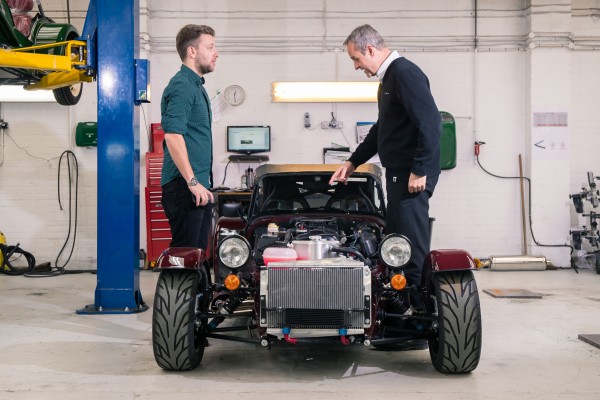
Not only is the company adapting to the times, it’s adapting to customer demand, too. Whereas 20 years ago Caterham cars would have been built to a relatively strict format, today the company can tailor each vehicle specifically to the needs of the buyer – something reflected by other manufacturers.
McLaren, for instance, has its in-house customisation brand MSO, while Aston Martin has recently launched Q. Caterham’s own is called its Signature Scheme.
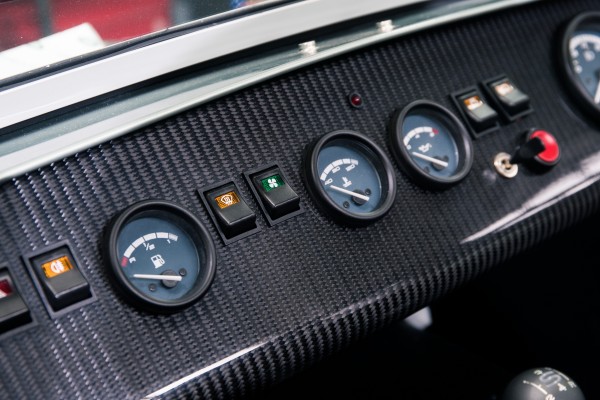
This new area for Caterham was recently celebrated with a partnership with Harrods. The Signature Series offers buyers a wealth of customisation options, including a range of different interior leather selections as well as varied nose cone choices and dashboard trims.
You can even have the car’s rollover bar trimmed in leather.
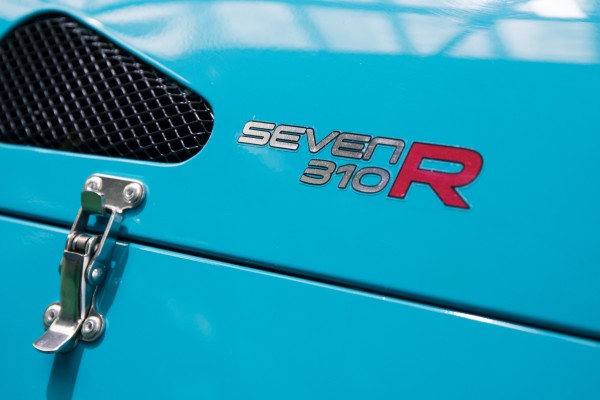
From the very start of the building process, when the metal arrives in the factory for assembly and stamping, to the end, which sees fully-built cars sent out to customers, a sense of workmanship is very noticeable. There’s an amazing range of ages too, varying from new starters keen to get working to old boys who have seen the company change and grow.
There have been many British car makers producing hand-made vehicles through the years. Always keen to impress, many have failed to last. However, Caterham is different. It would appear that it’s going from strength to strength, avoiding many of the pitfalls that usually accompany small-scale, low-volume manufacturers.
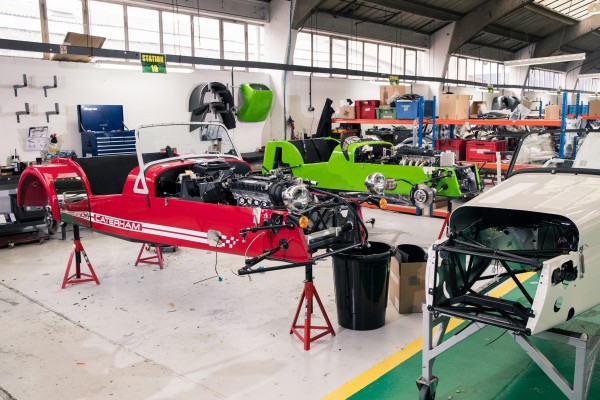
Now with 60 years behind them, Caterham Cars still hold dear the original ideals set by Colin Chapman. Despite changes in legislation, they remain lightweight and – most importantly – exhilarating to drive. As the best companies do, Caterham is adapting to the times, refining its building process and offering a more personal experience than ever before.
With a brimming order book, customers queuing up to get their hands on a model and a thriving motorsport series, the future looks bright and fun indeed for Caterham.



